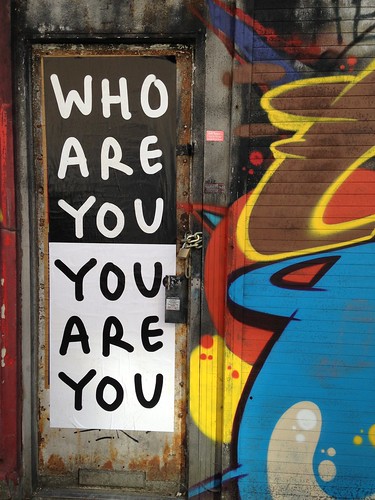I meet a lot of people in my job. Consequently I get to see lots of different companies trying to create the best possible Android sharing experience. Just about all of them start off with the standard sharing system based on intents and the standard chooser dialog.
It's compatible with just about all devices but it gives users an alphabetical list of applications even though many of these may not make sense in the given context. For example the list below shows the stock Email app even though I'm a Gmail user who has never configured the other email app on my tablet. This dialog also has issues for users who install lots of apps and its alphabetical ordering means we're starting to see developers gaming the system in order to be at the top of the list.
There's also the problem that the intents system doesn't let you customise the recipient other than by passing in a set of key-value pairs so developers (like The Guardian and Soundwave) offer an explicit Google+ share button in the action bar for users who are signed-in with Google+. This gives their users direct access to interactive posts. They also offer the standard chooser dialog as well.
The Gallery and Keep apps try to remember the last N apps the user has shared and present them to the user by using the ShareActionProvider added in Ice Cream Sandwich. Shazam's implementation is built on the same idea but does something slightly more sophisticated with it. It shows a list of the apps I've recently shared content to but adds various social services to the top of the list. It also knows which social service I signed-in with and adds it to the action bar as a separate button. The assumption is that I'm more likely to want to share newly discovered music to that social network than with the random assortment of apps on my device.
Snapette and Fancy implement simpler variants on the same idea. They hardcode a small set of social services (including Google+, Twitter and Facebook) even if they're not installed on the user's device. Clicking on those options takes users to a sign-in dialog before they can share. In their defence Fancy does offer a 'More' button that goes to the standard chooser dialog. This offers an escape hatch for users who want to share to contexts other than social networks.
Another alternative can be seen in the Spotify app. They make their own version of the standard chooser dialog but add a Spotify button to the top. That's because the standard chooser dialog doesn't give you much control over the order or the membership of the list it uses.
Unfortunately if you make your own chooser dialog you're going to have to expend a lot of effort to make it resemble the real thing. Or you can just show a simple list.
So what do I recommend? Ideally you should use the ShareActionProvider but nowadays a lot of apps are finding that deep integration with social services drives significant traffic and engagement. In that case...
If the screen is large enough then you should have your preferred share option in the action bar next to a button that launches a custom share list that shows your preferred apps with a More button that sends the user to the standard share dialog. This pushes users towards the developer's preferred networks (these could be the app's network or the services that the user has used to sign-in) but still gives users a way to get to all of apps they've installed.
On smaller screens you should have a share button that sends the user to a custom list containing the developer's preferred networks with a More button that sends users to the standard chooser dialog.
This approach balances simplicity of implementation, predictability (users shouldn't have to wonder why options are appearing and disappearing from their chooser dialog), extensibility, value to the developer and responsiveness to device size. This may seem complicated but fortunately a large amount of this can be implemented using the ShareActionProvider and its support for fine-grained tracking of history.
This is a complex and subtle topic with many different approaches being explored by lots of very smart people. I'm not going to pretend that this blog post is the final answer. After all, there's always the option of building something completely specific to your needs.
